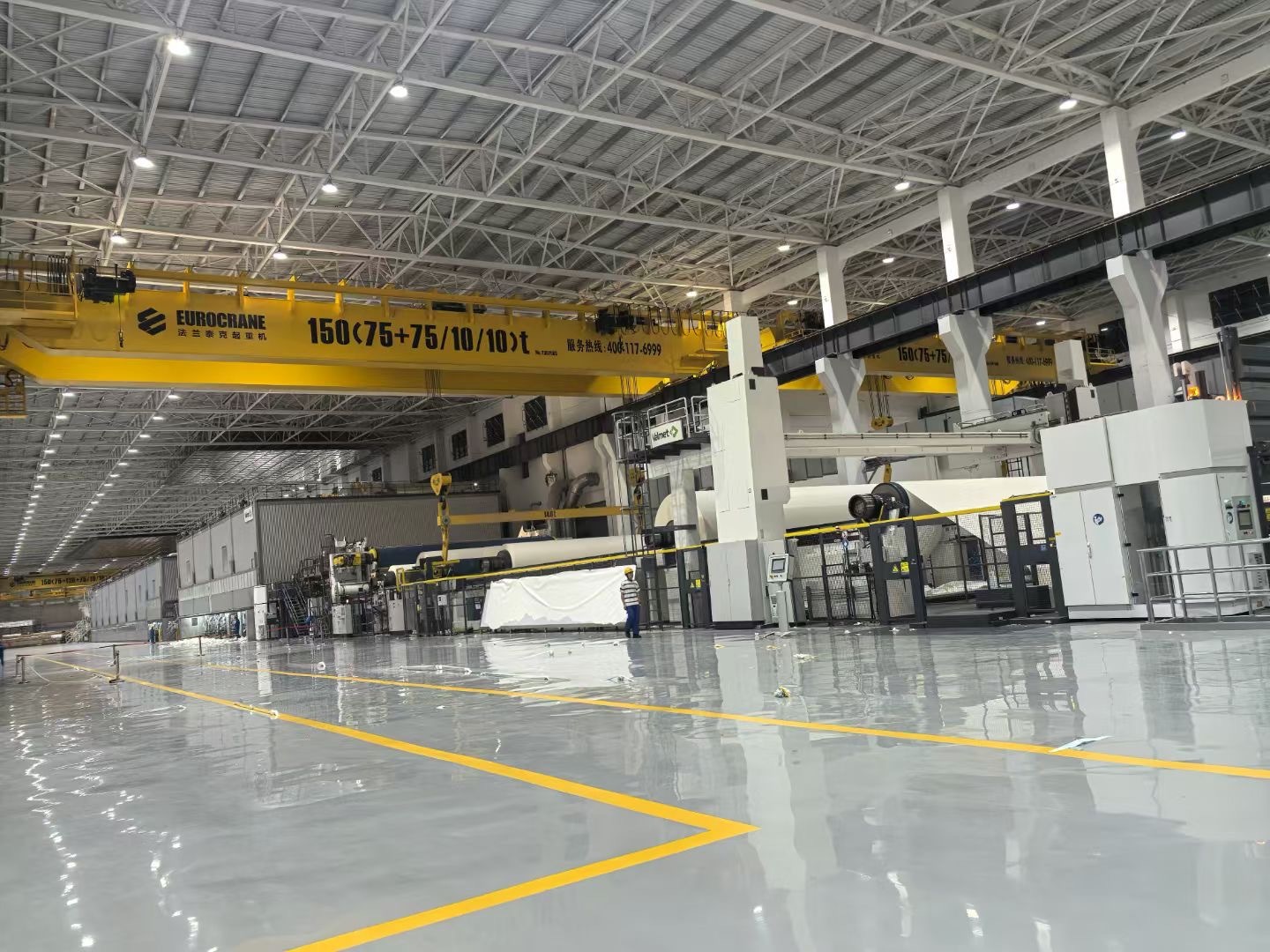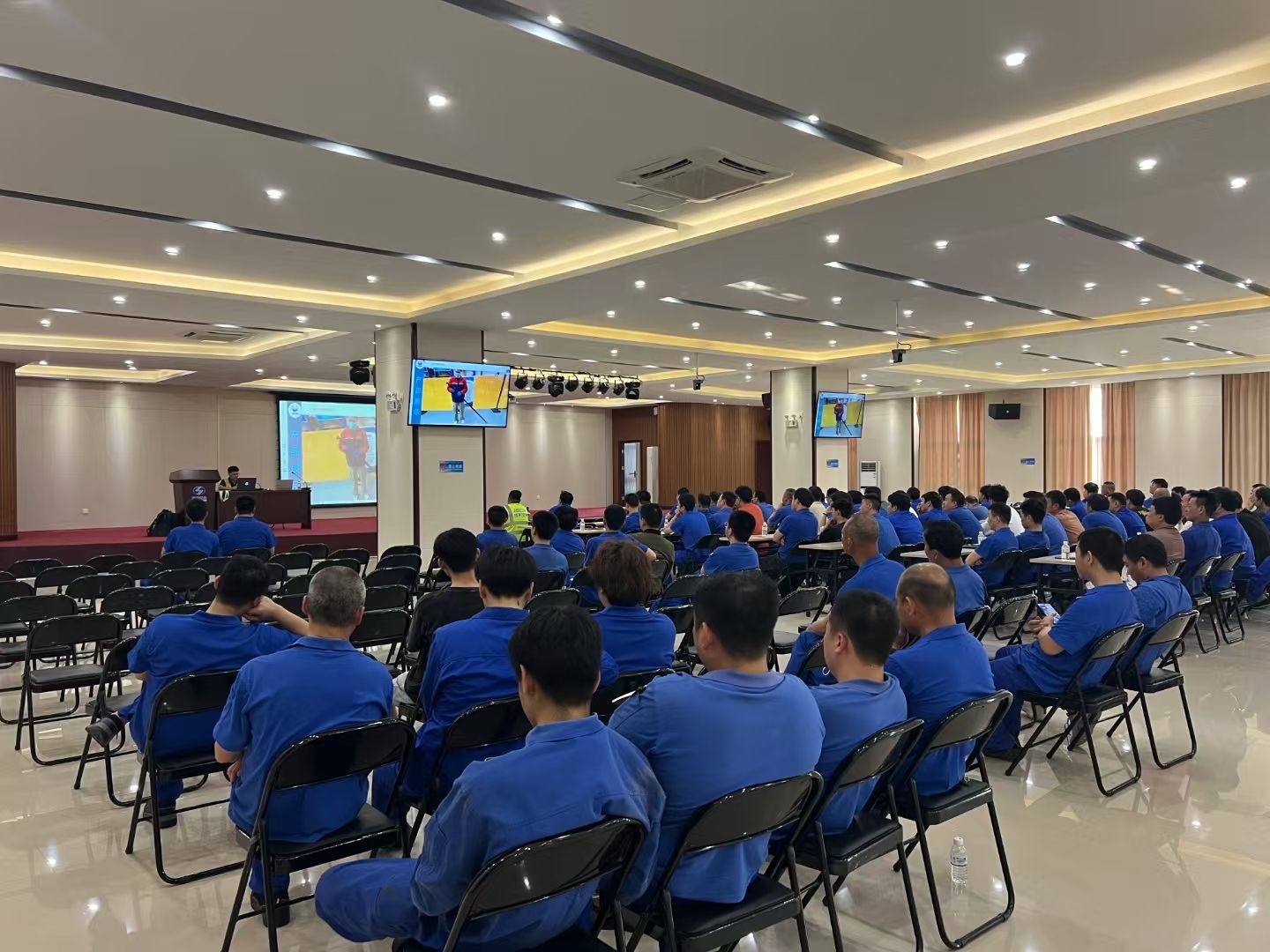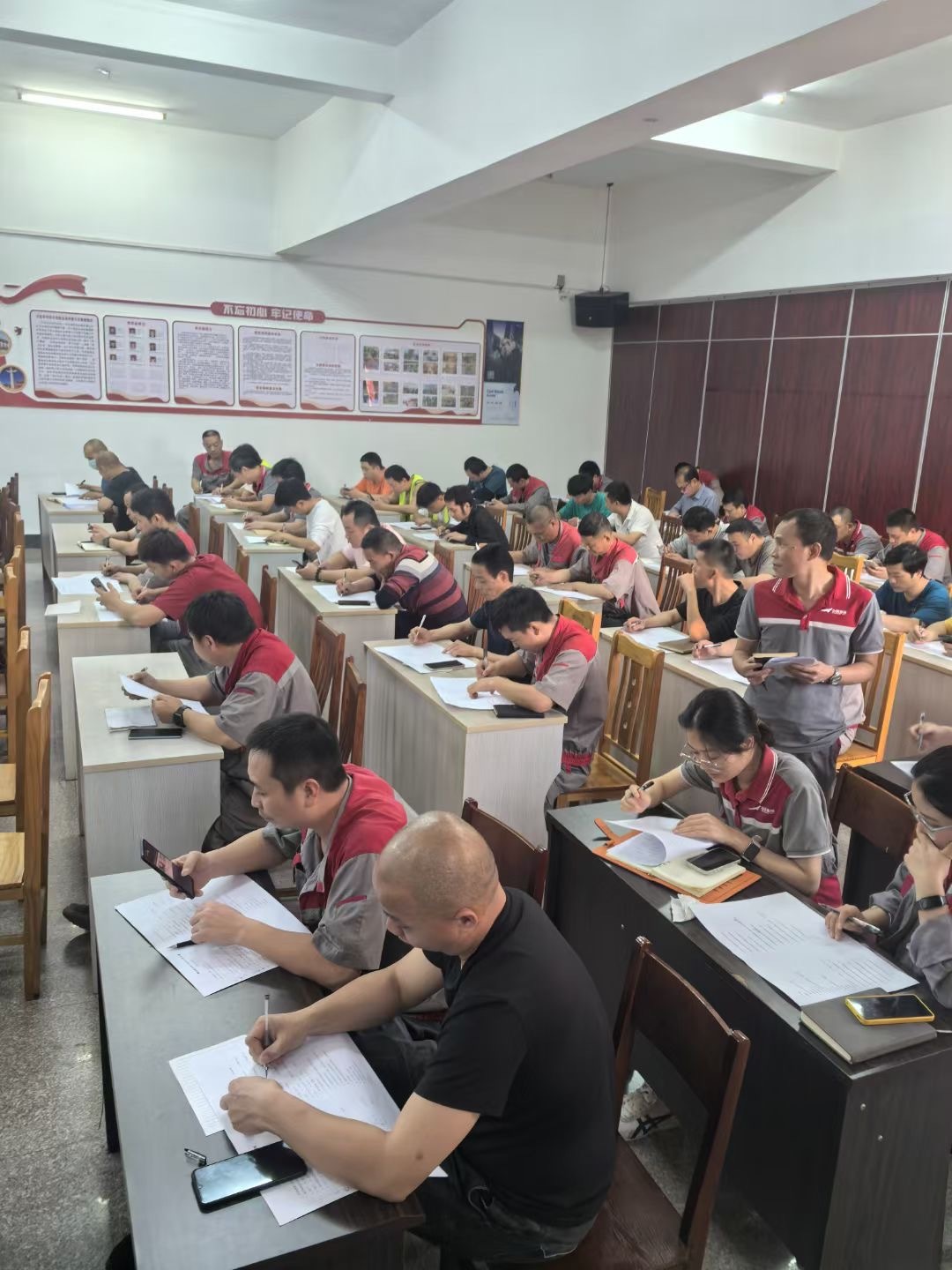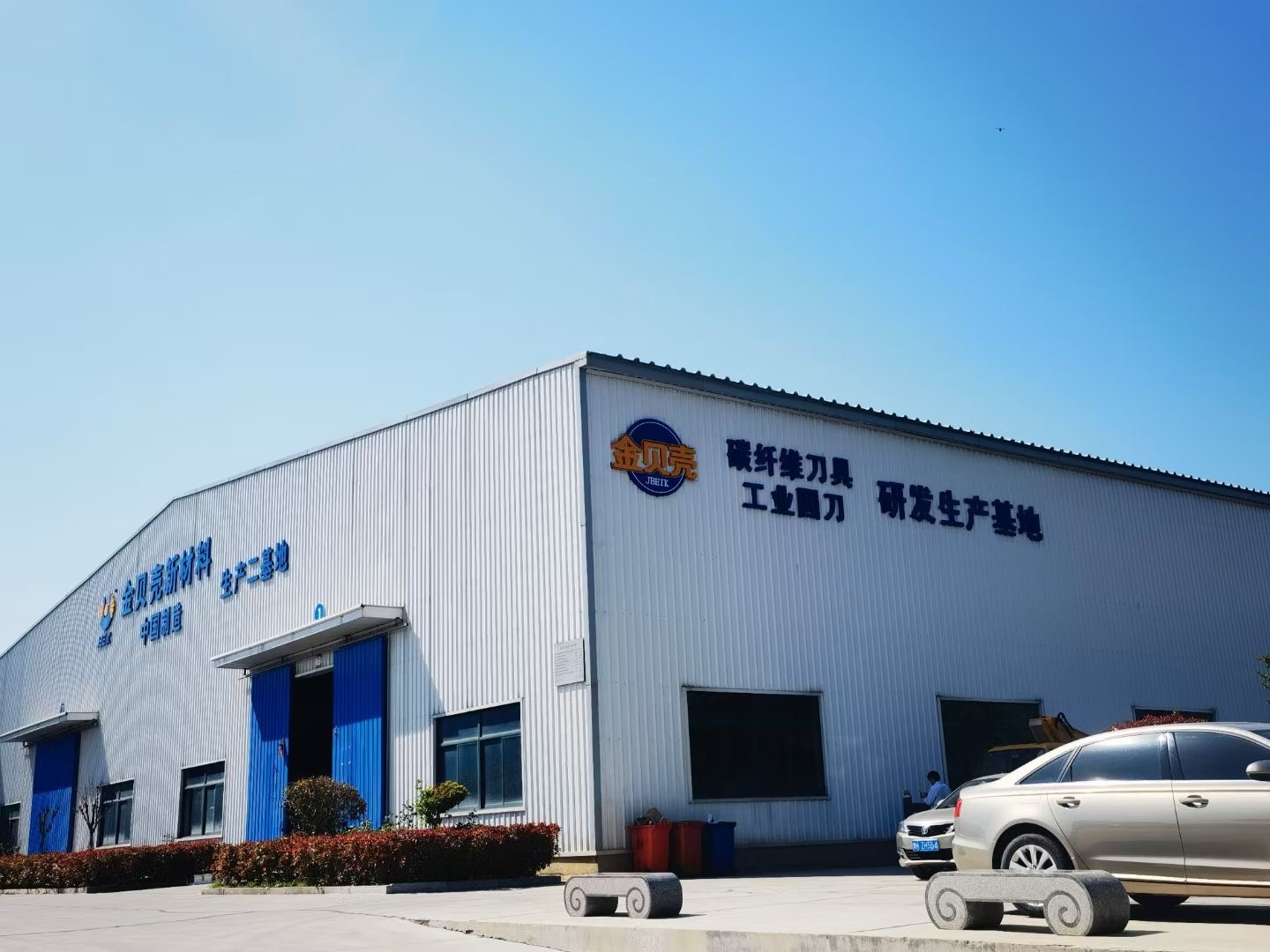Selection of Hard Milling Tools
Release time:
2024-07-12
When milling hardened steel with carbide inserts at a relatively small feed rate, a good surface finish is usually obtained, but in many cases, the surface finish of rough milling with ceramic inserts is even better than the required machining finish.
Three types of milling tools are commonly used in die shops: solid carbide end mills, indexable carbide inserts, and newly developed indexable ceramic inserts. In different processing applications, these three tools have their own advantages and disadvantages. (1) Solid carbide end mills usually require precision grinding and coating treatment, which is quite expensive. When the tool becomes dull, it must be reground and recoated. However, after the repair of the end mill its cutting performance is often not as good as the new knife. (2) The second type of hard milling tool is equipped with an indexable carbide insert. In most cases, the carbide grades and geometric parameters of such inserts are not designed for hard milling, so they do not provide the best tool life and productivity when machining hardened materials. (3) The third type of hard milling tools uses indexable ceramic inserts, especially whisker-reinforced ceramic inserts. The use of tool systems equipped with indexable ceramic inserts can bring many benefits, including shorter machining cycles and fewer machining steps per workpiece. However, the use of this tool system requires both the programmer and the operator to reconsider the machining process and should pay attention to some details that may not be considered when using other tools. Using a complete set of hard milling tools equipped with whisker-reinforced ceramic inserts (including indexable inserts for milling surfaces, cavities and contours), the hardened blank can be roughened into a part and finished in one installation. Milling cutters with ceramic inserts (from large face mills to small diameter end mills with indexable ceramic inserts) can achieve safe high-speed milling. When using ceramic insert milling cutters designed for hard milling for high-speed cutting, it is very important to ensure the safety of insert clamping. The high-speed milling cutter is developed based on the safety and reproducibility at the milling speed of ceramic inserts. The melting point of the currently used whisker-reinforced ceramics exceeds 2000°C, which means that the ceramic blade can be machined at a cutting speed far higher than the failure point of the carbide blade. In fact, the whisker-reinforced ceramic inserts work well at temperatures above the melting point of the cemented carbide inserts. The use of coolant is not recommend for hard milling with ceramic inserts, but air cooling is recommended, especially in cavity milling, to avoid secondary cutting of chips. Reducing the use of coolant and waste disposal costs is also an additional benefit of using ceramic inserts in hard milling.
Key words:
You can also learn more dynamic






